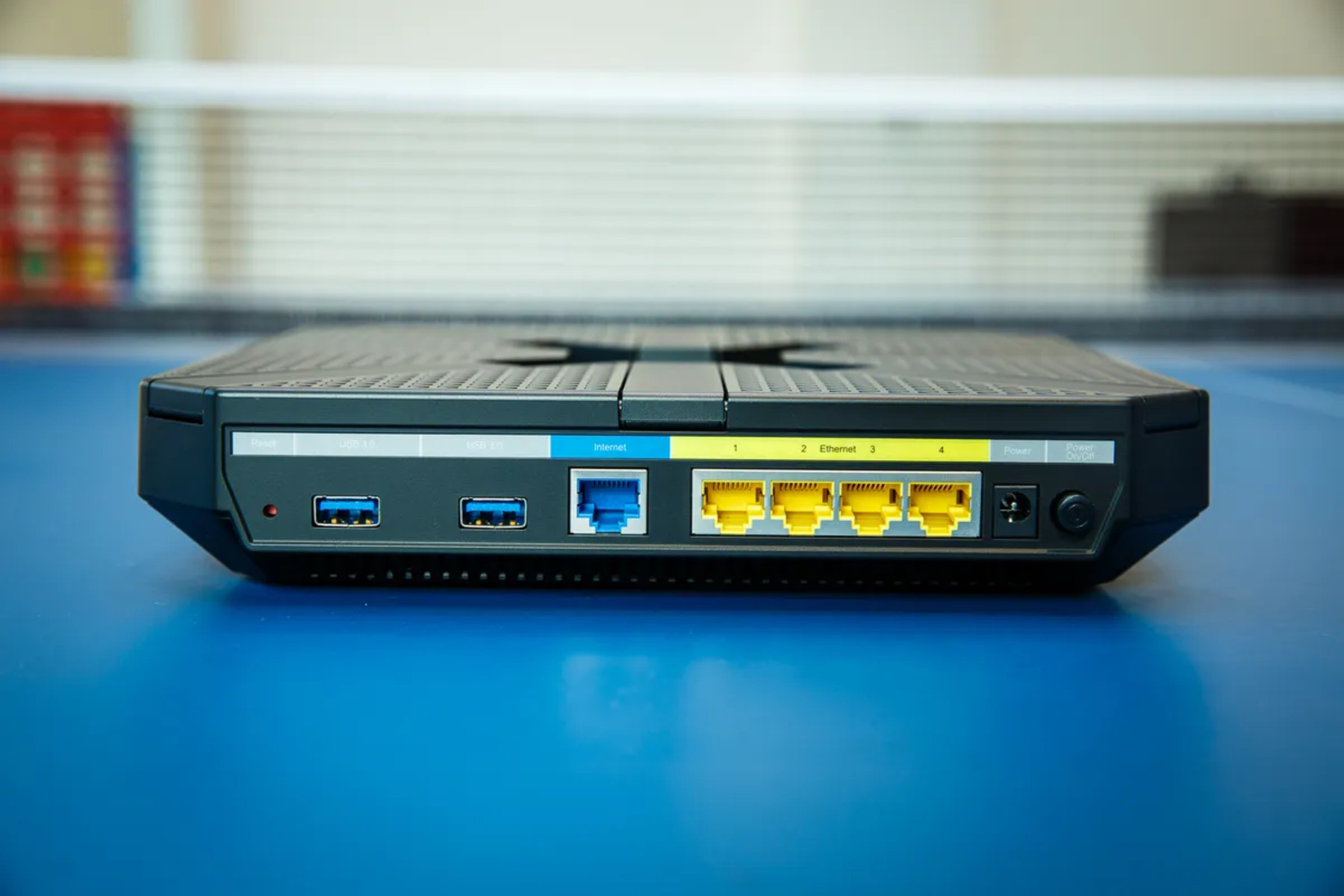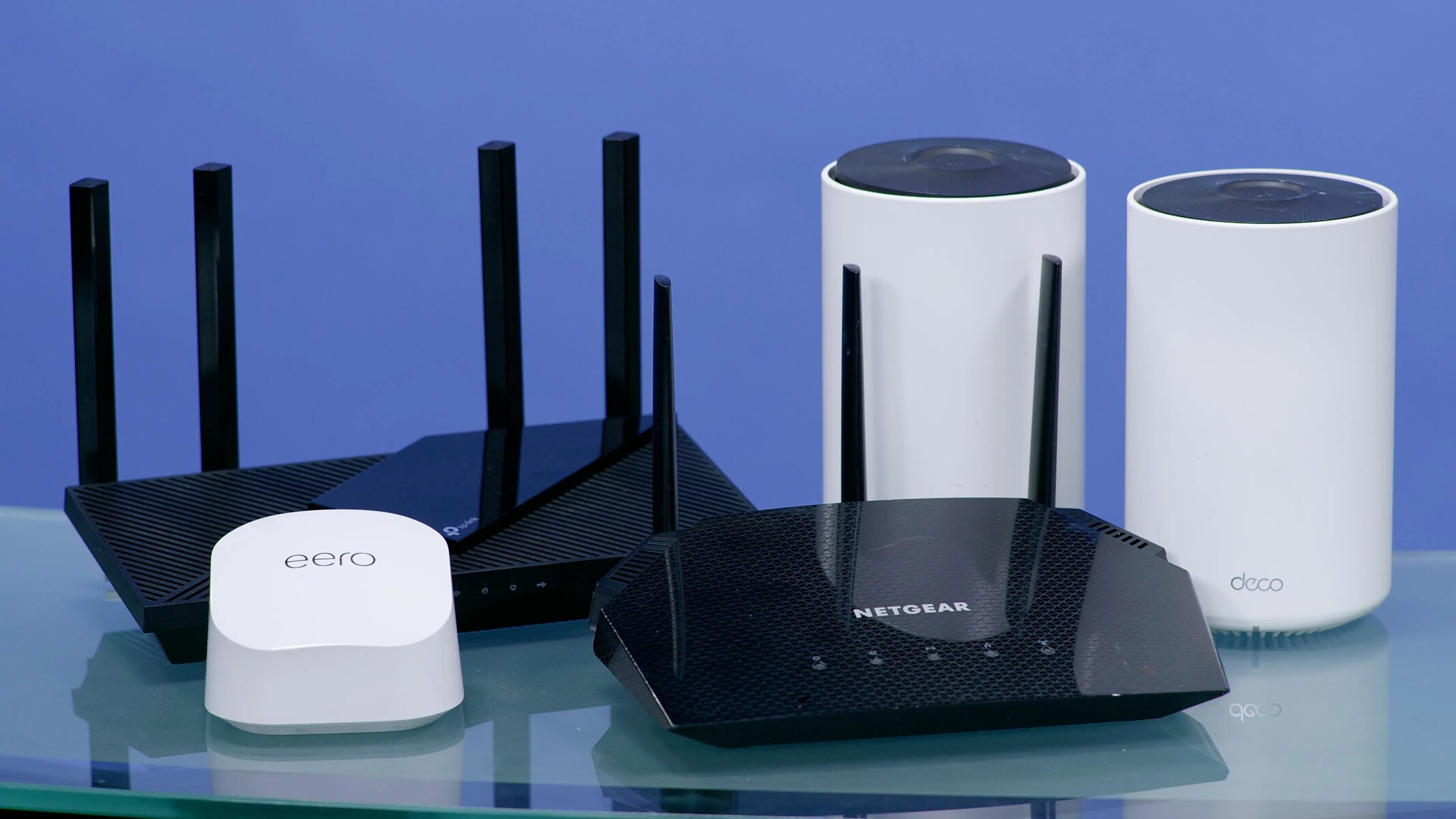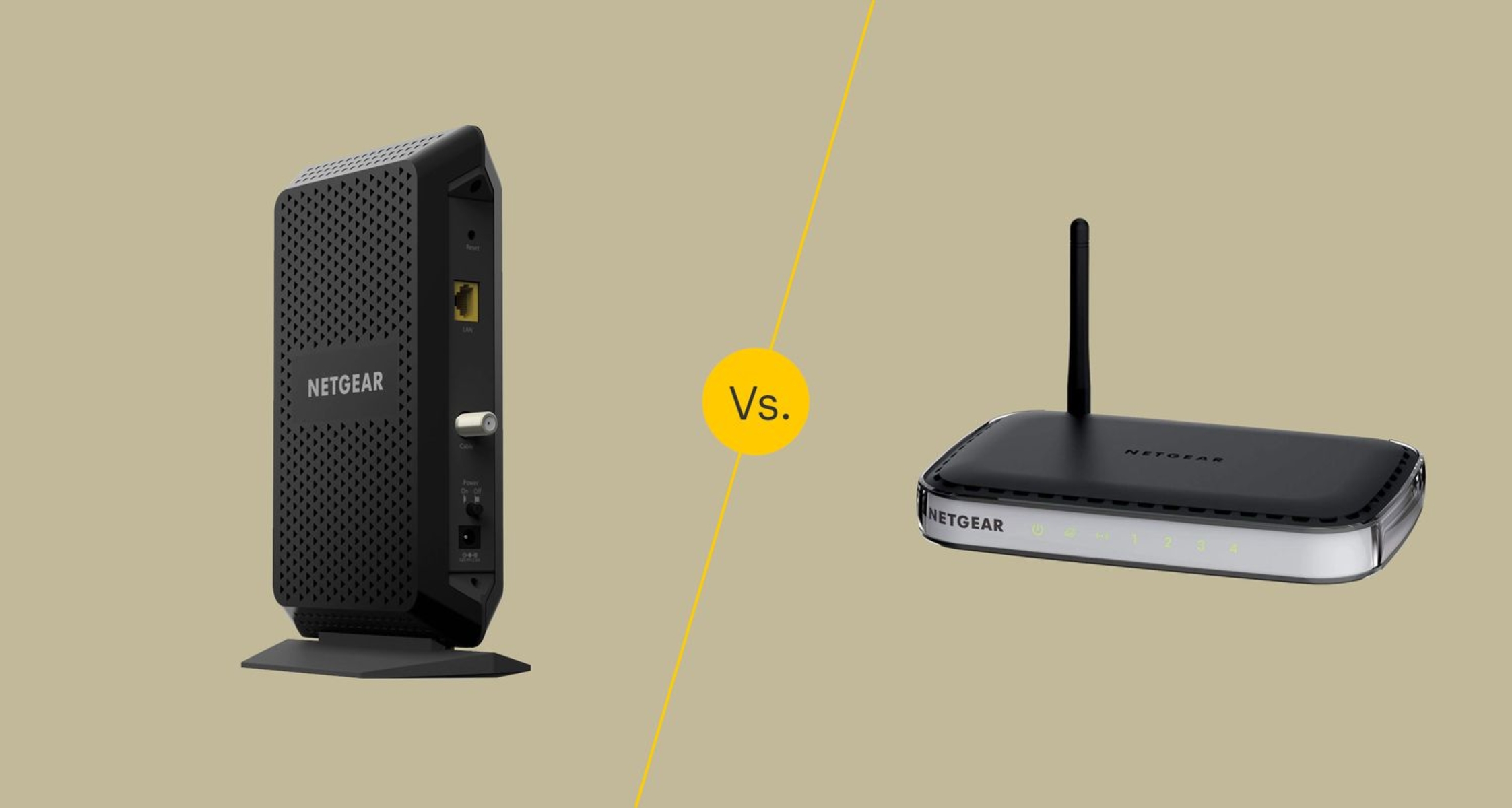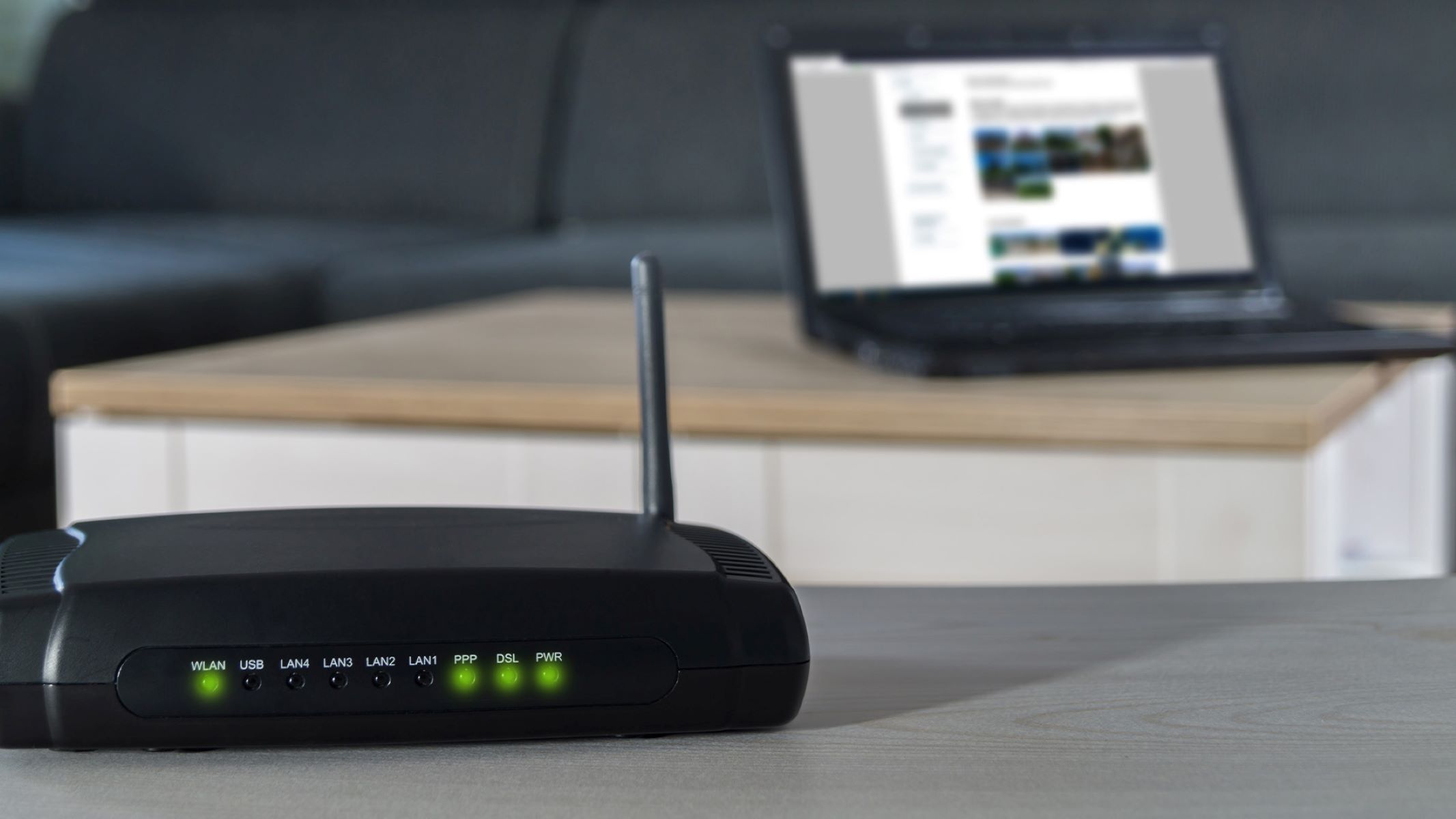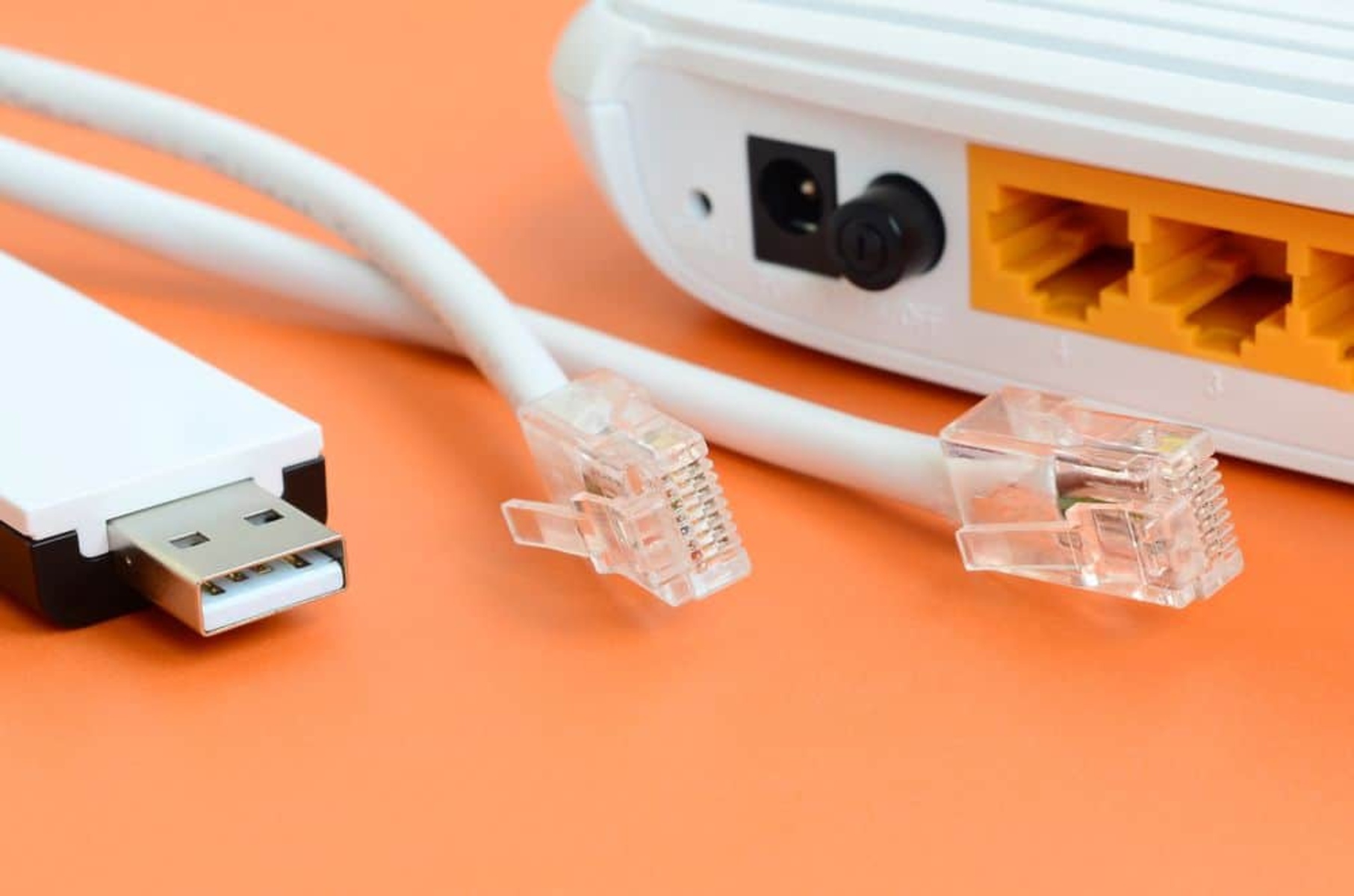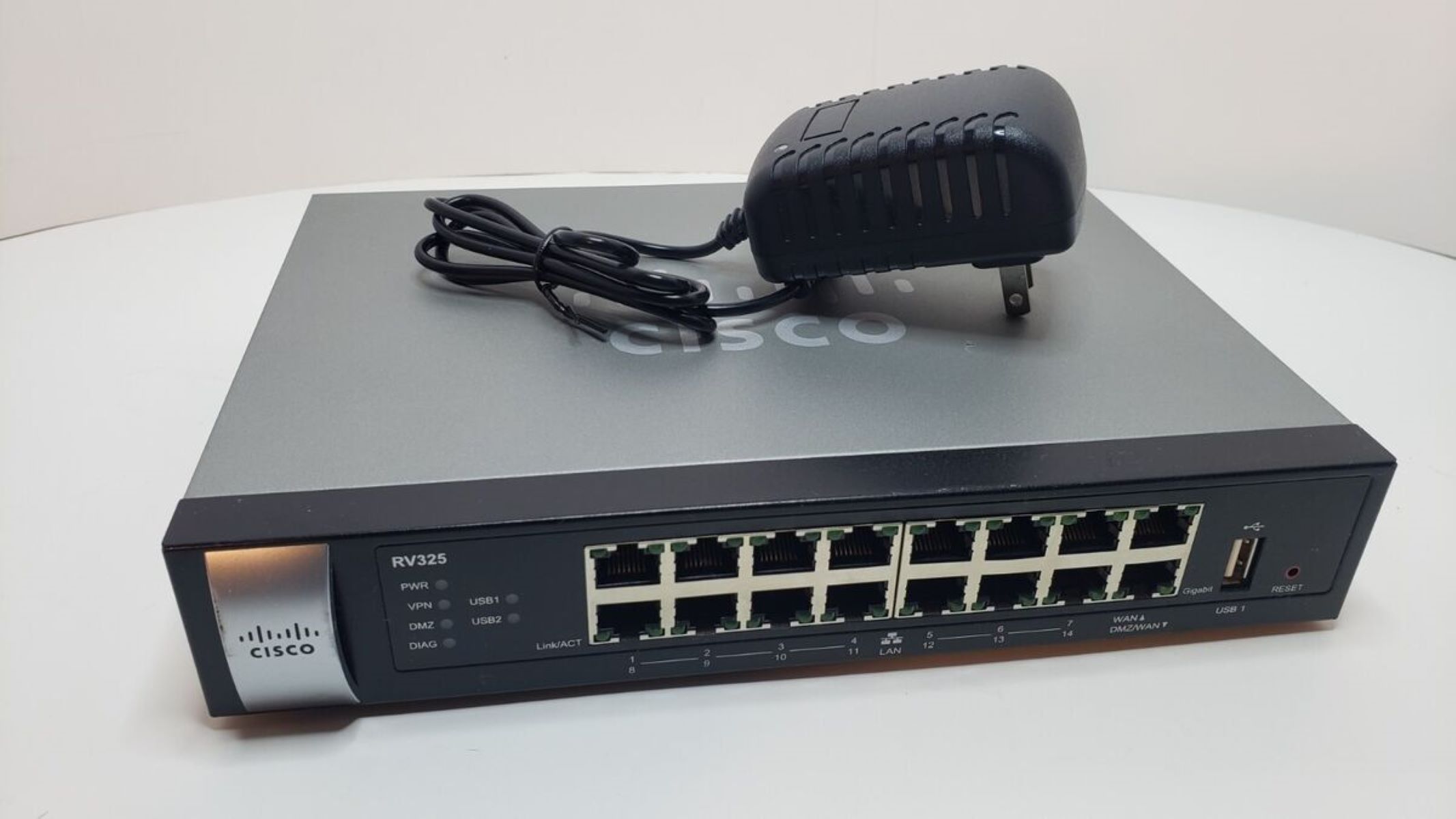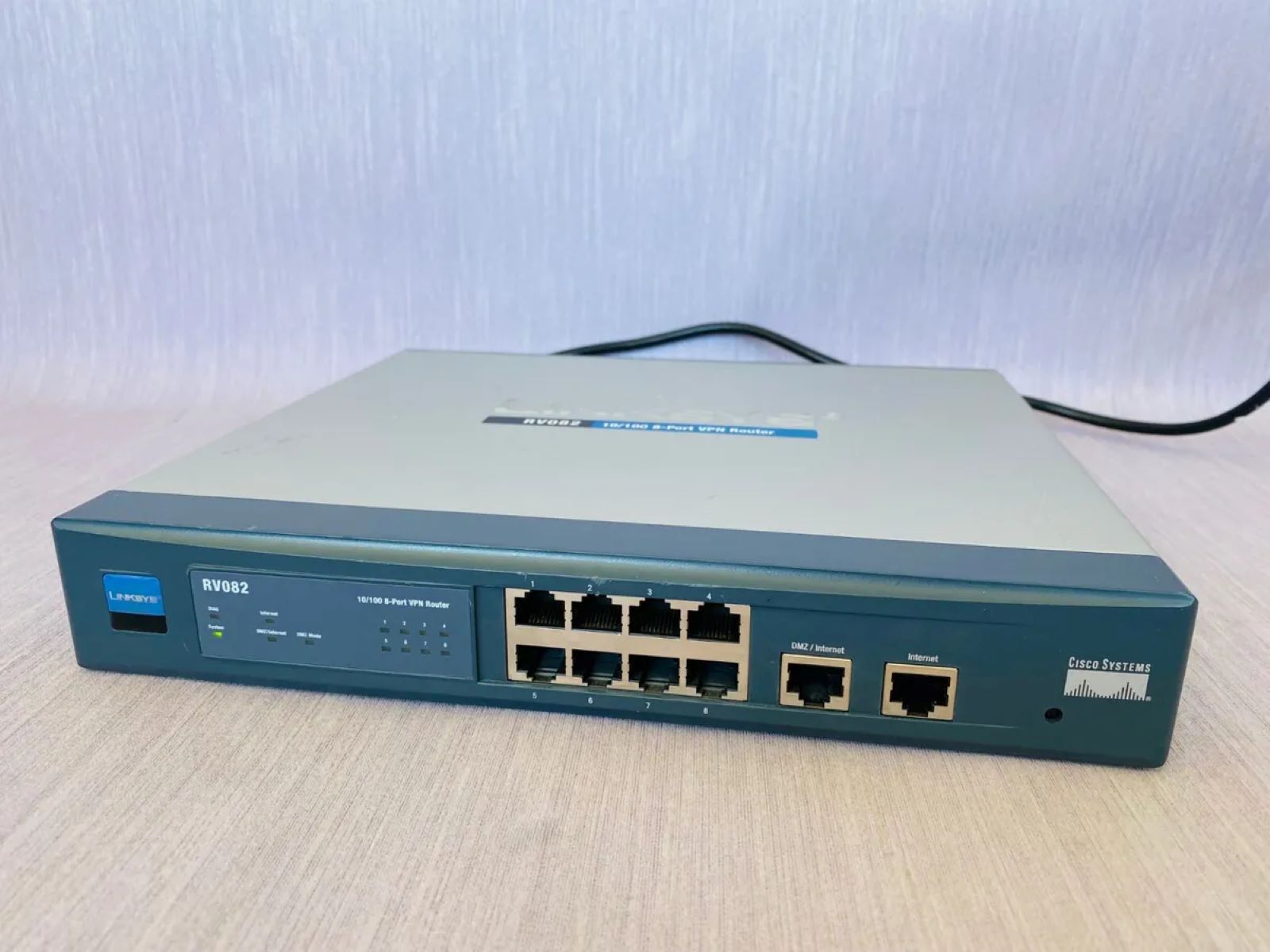Introduction
Welcome to the exciting world of wireless networking! In the modern age, where connectivity is a necessity for both work and leisure, wireless routers have become an essential part of our lives. These devices play a crucial role in providing us with seamless internet access, both at home and in offices.
As you delve into the realm of wireless networks, you may come across various technical terms that can be slightly overwhelming, especially if you are new to the subject. One such term that often arises is the “internet port” of a wireless router.
In this article, we will delve into the concept of a wireless router and its internet port. We will explore the functionalities of these devices and shed light on the alternate terminologies that are commonly used to refer to the internet port of a wireless router.
By the end of this article, you will have a clearer understanding of the internet port on a wireless router and the different terms that can be used interchangeably to describe it. So, let’s get started!
What is a Wireless Router?
A wireless router is a device that allows multiple devices to connect to a local network and access the internet wirelessly. It serves as the central hub for communication between devices on the network and the internet service provider (ISP).
Unlike traditional wired routers that use Ethernet cables to connect devices, wireless routers utilize Wi-Fi technology to transmit data between devices. This allows for greater flexibility and convenience, as users can connect to the internet from any location within the range of the router.
Wireless routers typically have several important components. The first is the router itself, which handles the routing of data packets between the local network and the internet. It acts as a bridge, forwarding data to the appropriate destination.
The second component is the wireless access point, which enables devices to connect to the network using Wi-Fi. This access point broadcasts a wireless signal that devices can detect and connect to, using a unique network name, called a Service Set Identifier (SSID), and a password, known as the Wi-Fi passphrase.
Additionally, wireless routers often have built-in network switches with Ethernet ports. These ports allow devices to connect directly to the router using Ethernet cables, which can provide faster and more reliable connections for stationary devices, such as desktop computers or gaming consoles.
Overall, a wireless router acts as the central gateway for communication within a network, allowing devices to connect wirelessly and facilitating access to the internet. Its versatility and convenience make it an essential component of today’s connected world.
What is an Internet Port?
When it comes to understanding wireless routers, it’s essential to grasp the concept of an internet port. An internet port, also known as a WAN (Wide Area Network) port or an external port, is the connection point on a wireless router that allows it to access the internet through a modem or directly from the internet service provider (ISP).
In simple terms, the internet port serves as the gateway between your local network and the vast expanse of the internet. It acts as an interface through which data is sent and received between your devices and the internet.
Physically, the internet port is usually an Ethernet port, typically labeled as “WAN” or “Internet” on the back of the router. It looks similar to the Ethernet ports used for connecting devices within the local network, but it serves a different purpose.
When you set up a wireless router, you connect an Ethernet cable from the router’s internet port to the modem provided by your ISP. This establishes a direct link between your network and the internet.
Once connected, the internet port enables the router to receive data packets from the internet and distribute them to the devices on your local network. It also allows devices on your network to send data back out to the internet.
It’s important to note that the internet port on a wireless router is unidirectional, meaning it is designed to receive data from the internet rather than transmit it. This distinction is crucial in configuring your network and understanding the flow of data.
Overall, the internet port plays a vital role in allowing your wireless router to connect to the internet and enable communication between devices on your local network and the vast web of information beyond.
Understanding the Functionality of a Wireless Router
A wireless router is a complex device that performs various functions to ensure seamless connectivity within a network. To better appreciate its importance, let’s delve into the key functionalities of a wireless router.
1. Network Routing: At its core, a wireless router acts as a network router, directing data traffic between devices on the local network and the internet. When a device requests information from the internet, the router receives the data packets and forwards them to the appropriate destination. It also performs routing functions within the local network, allowing devices to communicate with one another.
2. Wireless Connectivity: One of the primary functions of a wireless router is to facilitate wireless connectivity. It broadcasts a Wi-Fi signal, allowing devices such as smartphones, laptops, and tablets to connect wirelessly to the network. This eliminates the need for physical cables and allows for greater mobility and convenience.
3. Network Security: Wireless routers incorporate various security features to protect the network from unauthorized access. They typically come with built-in firewalls and encryption protocols, such as WPA2 (Wi-Fi Protected Access II), to safeguard the network from potential threats and ensure data privacy.
4. Quality of Service (QoS) Management: Many advanced routers offer the ability to manage Quality of Service, prioritizing certain types of network traffic over others. This allows for a smoother user experience by ensuring that time-sensitive activities like video streaming or online gaming receive sufficient bandwidth for optimal performance.
5. Port Forwarding: Routers enable port forwarding, which allows external devices to access specific services or applications hosted on devices within the local network. This feature is useful for activities like running a web server or hosting multiplayer gaming sessions.
6. Network Administration: Wireless routers include administrative settings that allow users to configure various aspects of the network, such as setting up parental controls, creating guest networks, or monitoring network usage. These settings provide users with control and customization options to tailor the network to their specific needs.
Understanding the functionality of a wireless router provides a foundation for optimizing its performance and utilizing its features effectively. By harnessing the power of this device, you can enjoy seamless connectivity, enhanced security, and a customizable network experience.
What Does Another Term for the Internet Port of a Wireless Router Mean?
While the term “internet port” is commonly used to refer to the connection point on a wireless router that enables internet access, there are other terms that can be used interchangeably to describe the same functionality. Let’s explore some of these alternate terms and what they mean:
1. WAN Port: WAN stands for “Wide Area Network.” The WAN port on a wireless router serves as the connection point between the router and the wide area network, which is typically the internet. This term emphasizes the role of the port in linking your local network to the broader network of the internet.
2. External Port: An external port refers to the physical Ethernet port on the back of the router that is used to connect the router to an external network, such as the internet. It highlights the fact that this port is external to the local network and serves as the point of interaction with the outside world.
3. Internet Port: The term “internet port” is a straightforward and commonly used term to describe the specific port on a wireless router that provides connectivity to the internet. It emphasizes the purpose of the port as the gateway to accessing the vast resources and information available on the internet.
4. ISP Port: ISP stands for “Internet Service Provider.” The ISP port on a wireless router refers to the connection point where the router interfaces with the equipment provided by the ISP. This term highlights the role of the port in establishing the link between your home network and the internet service provided by your ISP.
5. Modem Port: In some cases, the internet port on a wireless router may also be referred to as the modem port. This term signifies that the port is used to connect the router to a modem, which then connects to the internet service provider. It emphasizes the role of the port in enabling communication between the router and the modem.
Overall, these alternate terms serve as synonyms for the internet port of a wireless router. They are used interchangeably to describe the same functionality – the connection point that enables access to the internet and links your local network to the wider digital world.
Common Alternate Terms for the Internet Port
When it comes to referring to the connection point on a wireless router that enables internet access, there are several alternate terms that are commonly used. Let’s take a look at some of these terms and understand their meaning:
1. WAN Port: The WAN port, which stands for “Wide Area Network” port, is one of the most widely recognized alternate terms for the internet port of a wireless router. It signifies that this port connects the router to the wide area network, which usually refers to the internet.
2. External Port: Another commonly used term is the “external port.” As the name suggests, this term emphasizes the fact that the port is external to the local network and serves as the point of interaction between the router and the external network, such as the internet.
3. Internet Port: The term “internet port” is often used interchangeably with the primary term itself. It straightforwardly describes the specific port on the wireless router that enables connectivity to the internet. It is a simple and direct way to refer to this important connection point.
4. ISP Port: The “ISP port” refers to the connection point on the router where it interfaces with the equipment provided by the Internet Service Provider (ISP). This term highlights the role of the port in establishing the link between the local network and the internet service provided by the ISP.
5. Modem Port: In some cases, the internet port on a wireless router may also be referred to as the “modem port.” This term signifies that the port is used to connect the router to a modem, which then establishes the connection to the internet service provider. It emphasizes the role of the port in facilitating communication between the router and the modem.
While these alternate terms may be used interchangeably, the underlying meaning remains the same – they all refer to the connection point on a wireless router that allows for internet access and serves as the gateway between the local network and the wider digital world.
Conclusion
In conclusion, wireless routers have revolutionized the way we connect to the internet and establish networks in our homes and offices. Understanding the various components and functionalities of a wireless router, including the internet port, is essential for optimizing its performance and ensuring a seamless internet experience.
We have explored the concept of a wireless router and learned that it serves as the central hub for communication within a network, facilitating wireless connectivity and providing access to the internet. The internet port of a wireless router, also known as the WAN port or external port, is the connection point that allows the router to access the internet.
Additionally, we have discussed common alternate terms used to refer to the internet port of a wireless router, such as WAN port, external port, ISP port, and modem port. These terms are used interchangeably to describe the connection point that enables internet access and links the local network to the wider digital world.
By comprehending the functionality and alternate terminologies associated with the internet port of a wireless router, users can make informed decisions when setting up and configuring their networks. They can also troubleshoot connectivity issues more effectively and better utilize the features that wireless routers offer.
As technology continues to evolve, wireless routers will play an increasingly pivotal role in ensuring seamless connectivity and enabling us to stay connected in an ever-connected world. So, whether you’re streaming your favorite shows, working remotely, or enjoying online gaming, a solid understanding of your wireless router will undoubtedly enhance your internet experience.







